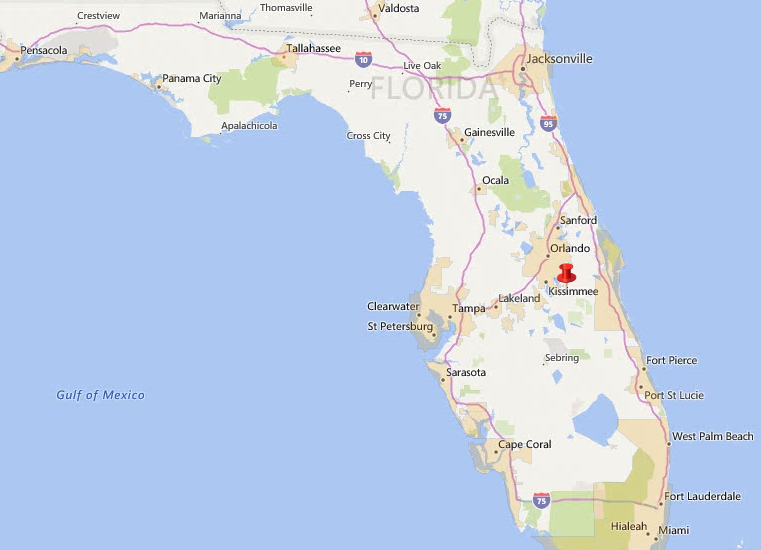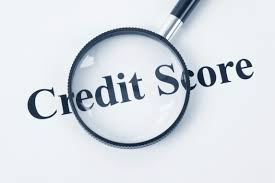 When buyers are getting ready to purchase a home, one of the first thoughts that comes to mind is the money needed for a down payment. Different loan programs have different down payment requirements, and some even offer NO down payment options. Below, we will review all the latest Gainesville mortgage programs with minimum down payment.
When buyers are getting ready to purchase a home, one of the first thoughts that comes to mind is the money needed for a down payment. Different loan programs have different down payment requirements, and some even offer NO down payment options. Below, we will review all the latest Gainesville mortgage programs with minimum down payment.
For those searching for 100% financing, there are two such programs available. These loan programs are the VA and USDA loans. VA loans are reserved only for eligible military borrowers. This includes veterans of the armed forces, active-duty personnel with at least 181 days of service, un-remarried surviving spouses of those who have died while serving or as a result of a service-related injury and those who have served in the National Guard or Armed Forces Reserves for at least six years.
USDA loans are a great option for buyers financing homes in more rural areas. The city of Gainesville & Ocala itself is not eligible for USDA financing, however, many of the outlining communities in Alachua, Marion and Bradford County are. See the USDA map below to get an idea of the qualified locations (darker shaded areas are not eligible) USDA loans offer 100% financing but are limited to certain locations and household income caps. Learn more about all the details on the USDA benefits page.

The third and most popular government-backed program is the Federal Housing Administration, or FHA loan. While this program does require a down payment, the payment is only 3.5 percent of the sales price or appraised value, whichever is lower. With the FHA mortgage program, the down payment can be in the form of a financial gift from a qualified source.
Typically, the source is from a family member but can also come from a qualified non-profit or a grant from a state or local housing agency. Gift funds can also be provided for closing costs as well. In this instance where the buyers come to the closing table with very little of their own money. There is no requirement that the borrower must make a minimum contribution for the transaction. This guideline applies to all three government-backed loans.
Government-backed loans are so-called because there is some degree of compensation should the loan ever go into default. With a VA loan, the guarantee is 25 percent of the foreclosed loan amount. FHA and USDA loans have a 100 percent compensation clause to the lender.
On the other hand, conventional loans may indeed require a minimum contribution yet only for selected transactions. When gift funds are used to help finance a purchase, all of the funds needed to complete the transaction can come in the form of a gift as long as the property is owner-occupied. If the property is a 2-4 unit home, the borrower must occupy one of the units to be considered owner-occupied. However, things change when the property is a second home and not a primary residence. In this instance, the borrowers must contribute at least 5% of the sales price of the home. After this minimum contribution is met, gift funds can then be used to pay for closing costs associated with the transaction.
 Tip: It’s always a great idea for buyers to review their credit score and make necessary improvements before loan application. Often times, cleaning up any small issues can make a big difference in your qualifying result and also your interest rate. Learn more Experian tips for improving your credit score.
Tip: It’s always a great idea for buyers to review their credit score and make necessary improvements before loan application. Often times, cleaning up any small issues can make a big difference in your qualifying result and also your interest rate. Learn more Experian tips for improving your credit score.
All funds going into the transaction, including gift funds and borrower funds, must be verified via third party means. This includes any minimum borrower contribution. Gift funds must follow specific guidelines and verification procedures.
Fist, the funds must come from a qualified source and second the funds need to be tracked from the donor to the closing table. This can be accomplished with a paper trail but today most such tracking is accomplished by the source sending the gift funds directly to the settlement agent, bypassing the borrower’s account completely.
Other funds must be verified with account statements showing sufficient funds to close. These funds must also include what is referred to as “cash reserves.” Cash reserves are defined by the number of months worth of mortgage payments that are leftover in an account once the transaction has closed. If the loan program requires three months of reserves and the total mortgage payment is $2,000, there needs to be $6,000 of funds remaining in an account the borrowers own. The good news is reverses are not required on most first-time buyer programs.
Finally, it’s important to point out that there are loan programs referred to as “portfolio” loans where the lender issues its own program requirements and does not have to follow any other agency requirements. In this instance, a portfolio loan may have a minimum borrower contribution that is different from government-backed or conventional requirements. With all loan programs, however, your loan officer can provide you with all the approval requirements before moving forward.
Learn more by contacting us 7 days a week at the number above, or just submit the short Info Request Form on this page.
